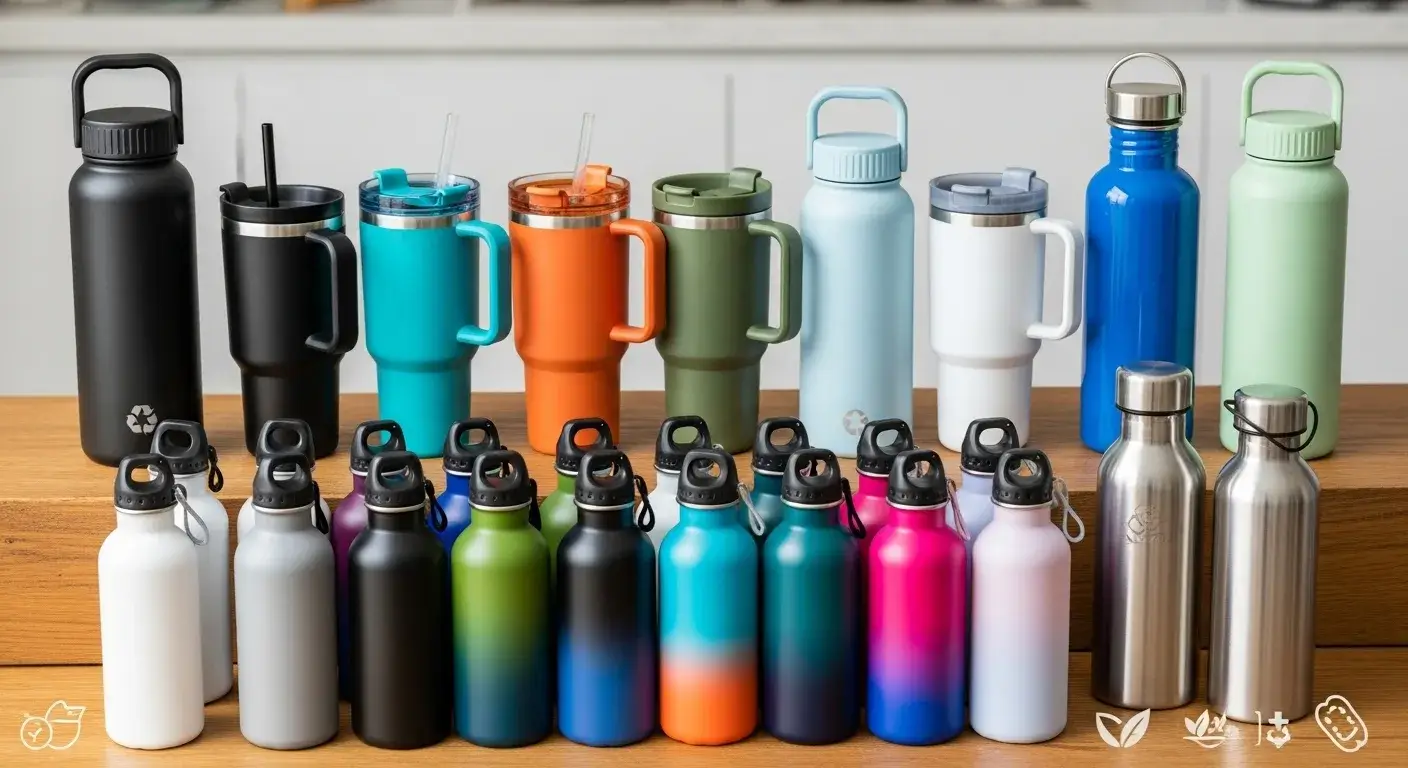
Confused about metal water bottles? They’re not just trendy—they’re practical, safe, and sustainable.
A metal water bottle is a reusable container made from stainless steel or aluminum, designed for safe, long-term hydration.
Discover the materials, benefits, and best uses of metal bottles—and why they matter.
What Is a Metal Water Bottle Made Of?
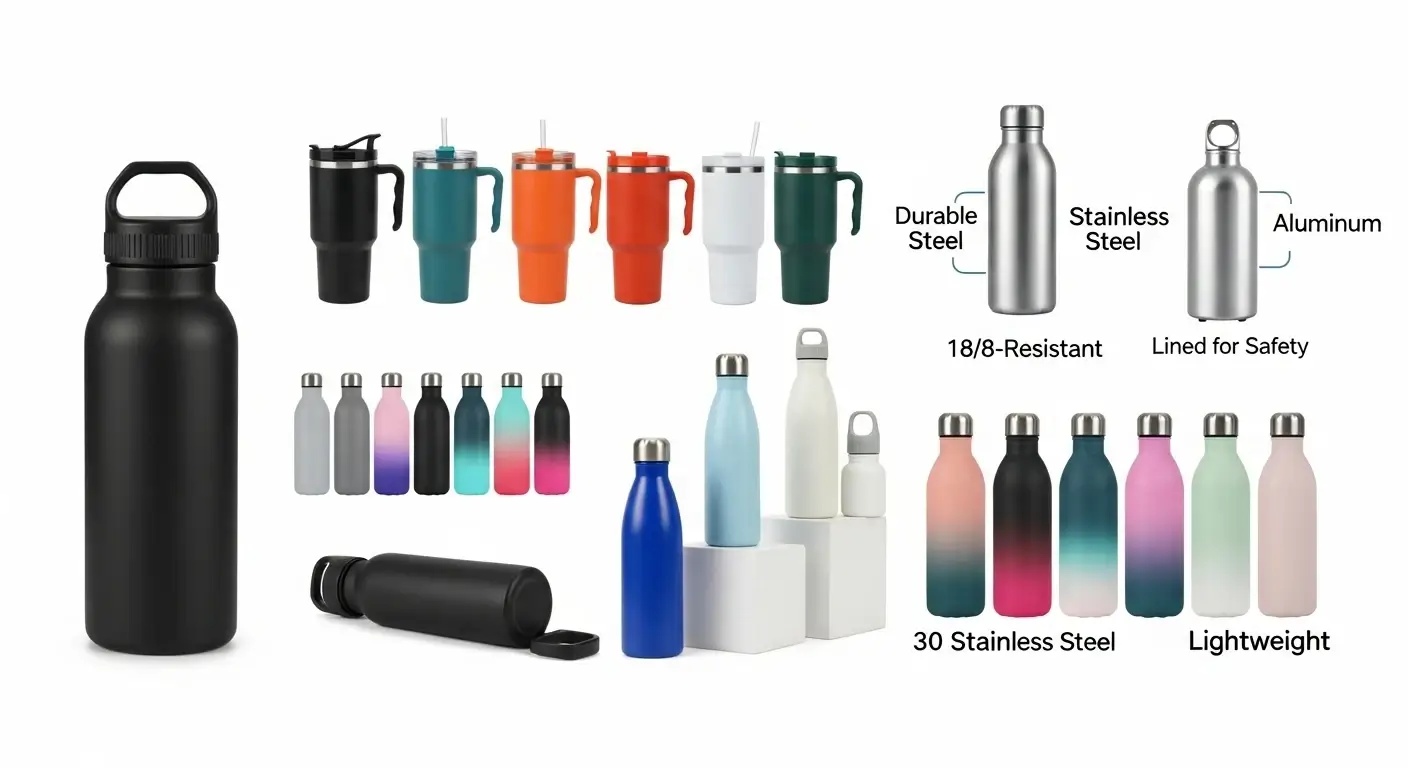
I used to think all bottles were the same—until I checked the label on my stainless steel one.
Most metal water bottles are made from food-grade stainless steel (18/8 or 304) or aluminum with a protective liner.
Common Materials
- Stainless Steel (18/8): Durable, rust-resistant, safe for food contact
- Aluminum: Lightweight, requires a food-safe inner lining to prevent leaching
Stainless steel is more common for reusable, insulated models due to safety and performance.
What Are the Common Types of Metals Used in Water Bottles?
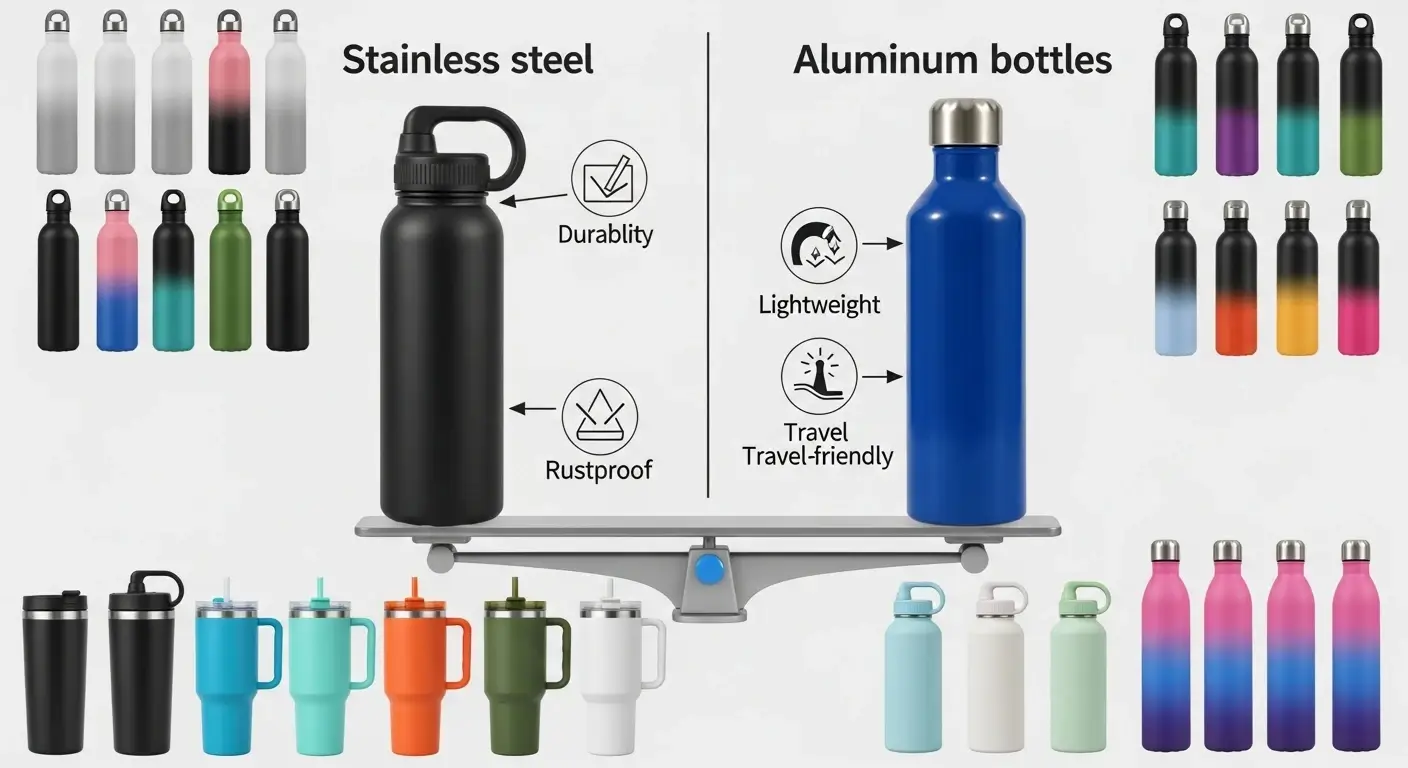
I’ve tried both stainless steel and aluminum bottles—each has a purpose.
Stainless steel and aluminum are the two primary metals used, each with unique strengths1.
Metal Comparison
| Metal Type | Properties | Ideal For |
|---|---|---|
| Stainless Steel | Non-reactive, rustproof, heavy-duty | Daily use, hot/cold retention |
| Aluminum | Lightweight, needs liner | Travel, lightweight carry |
Choose steel for durability and insulation, aluminum for light weight.
How Do Metal Water Bottles Compare to Plastic and Glass Bottles?
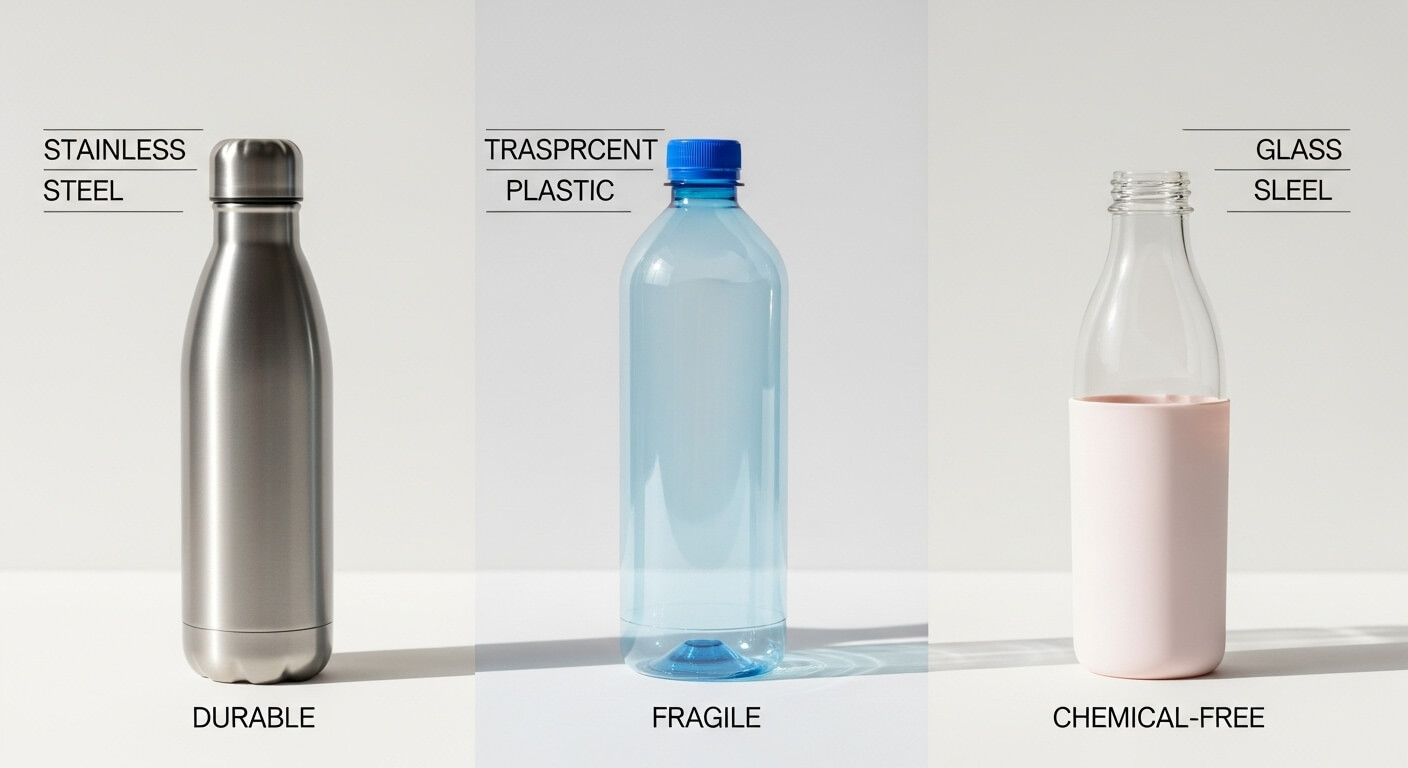
After switching from plastic to steel, my drinks stayed colder and my conscience cleaner.
Metal bottles are safer and more durable than plastic, and less fragile than glass.
Side-by-Side Comparison
| Feature | Metal Bottles | Plastic Bottles | Glass Bottles |
|---|---|---|---|
| Durability | High | Low | Fragile |
| Chemical Safety | BPA-free, inert | Risk of leaching | Inert |
| Insulation | Yes (vacuum-insulated) | No | No |
| Weight | Moderate-Heavy | Light | Heavy |
| Taste Retention | Excellent | Variable | Excellent |
Metal wins for daily use, especially outdoors or in active lifestyles.
Are Metal Water Bottles Safe to Use?
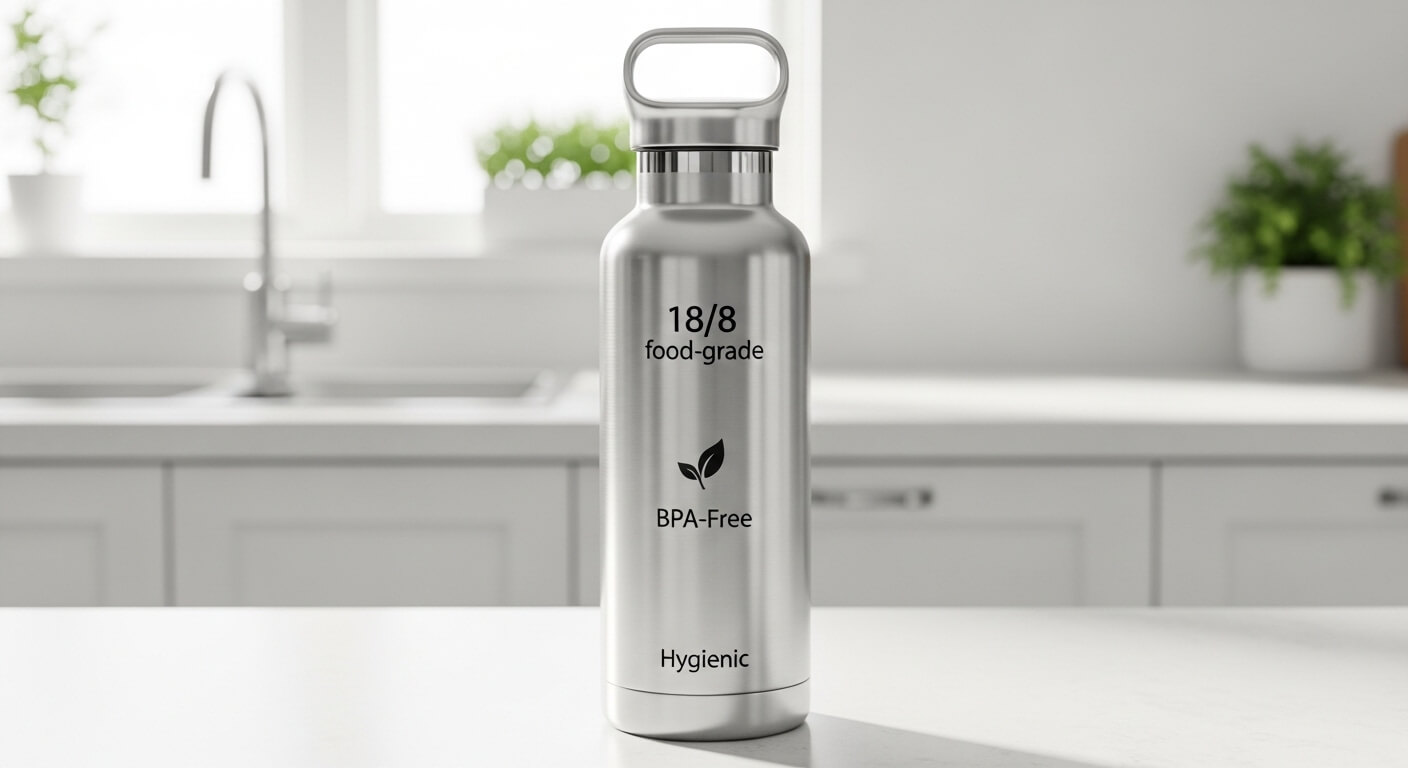
Safety mattered most to me when picking my bottle—I found that stainless steel checks all the boxes.
Yes, high-quality stainless steel bottles are non-toxic, BPA-free, and do not leach harmful chemicals.
Safety Features
- Non-reactive interior (no metallic taste)
- No BPA or phthalates
- Resistant to mold and bacteria (when cleaned)
Aluminum bottles are safe too—but only with a certified food-grade liner.
What Are the Benefits of Using a Metal Water Bottle?
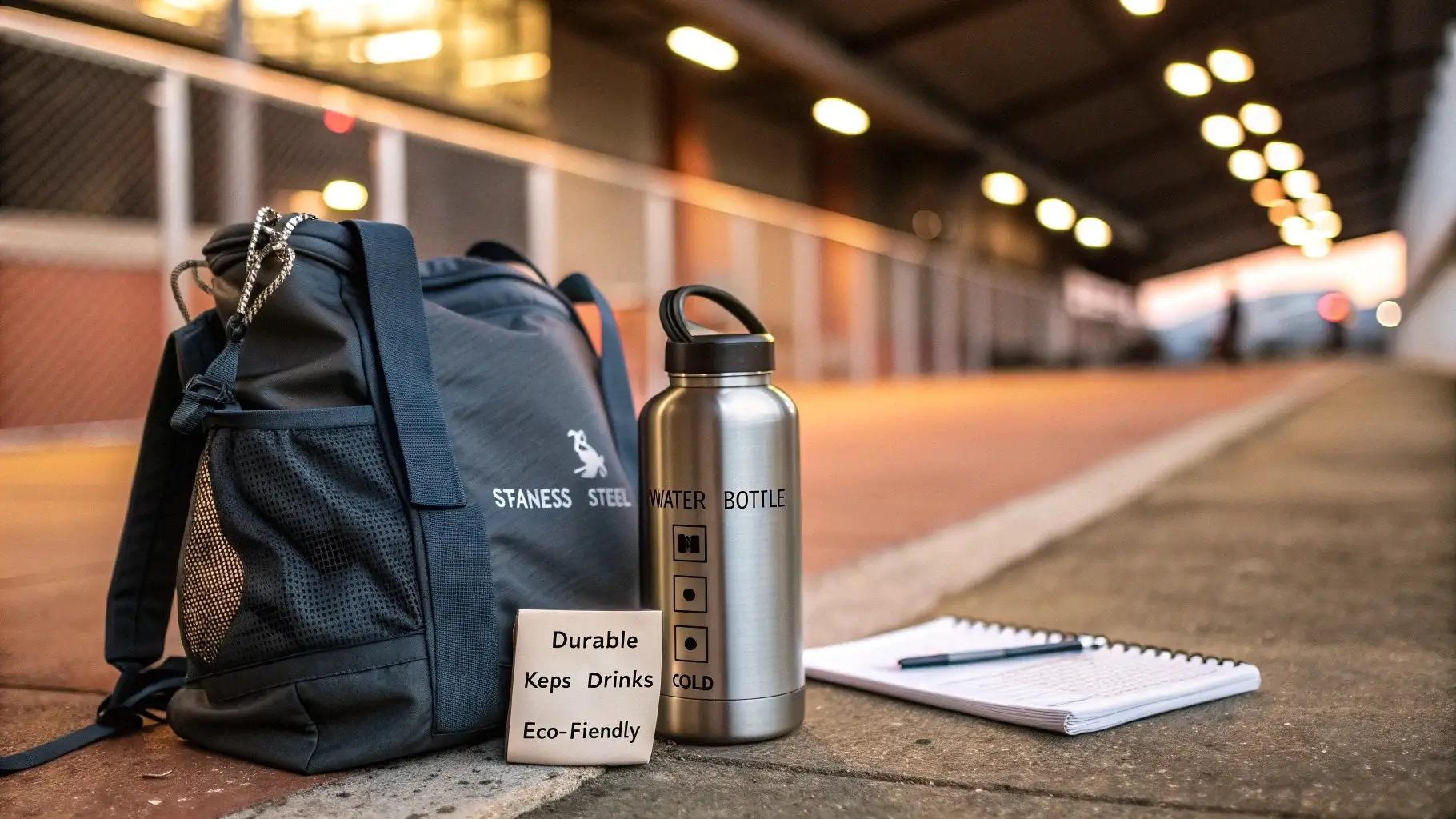
From gym to office, my steel bottle’s been everywhere with me—it’s built to last.
Metal bottles are durable, reusable, safe, and reduce plastic waste2.
Key Advantages
- Long lifespan (years with proper care)
- Keeps drinks cold or hot longer (insulated models)
- Stylish and customizable
- Saves money over time vs. single-use bottles
They’re a one-time buy with long-term benefits.
Can Metal Water Bottles Keep Drinks Hot or Cold?
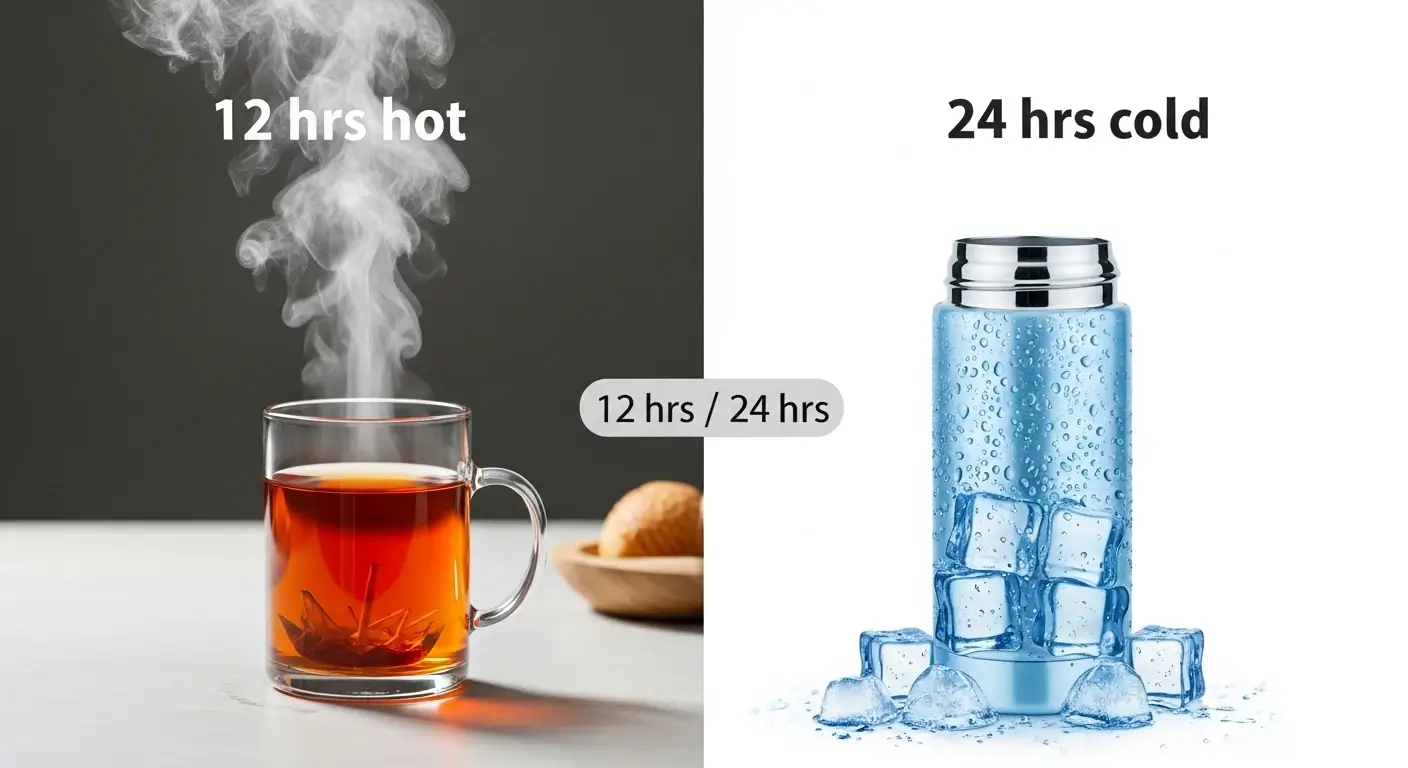
I once filled mine with ice water at 8 a.m.—it was still cold at 6 p.m.
Yes, double-wall vacuum insulation3 in stainless steel bottles can keep drinks cold for 24+ hours or hot for 12+.
How Insulation Works
- Double-wall design: Prevents temperature transfer
- Vacuum space: Blocks heat flow between inner and outer layers
- Sealed cap: Preserves temperature and prevents leaks
Ideal for coffee, tea, or all-day hydration.
How Are Metal Water Bottles Manufactured?
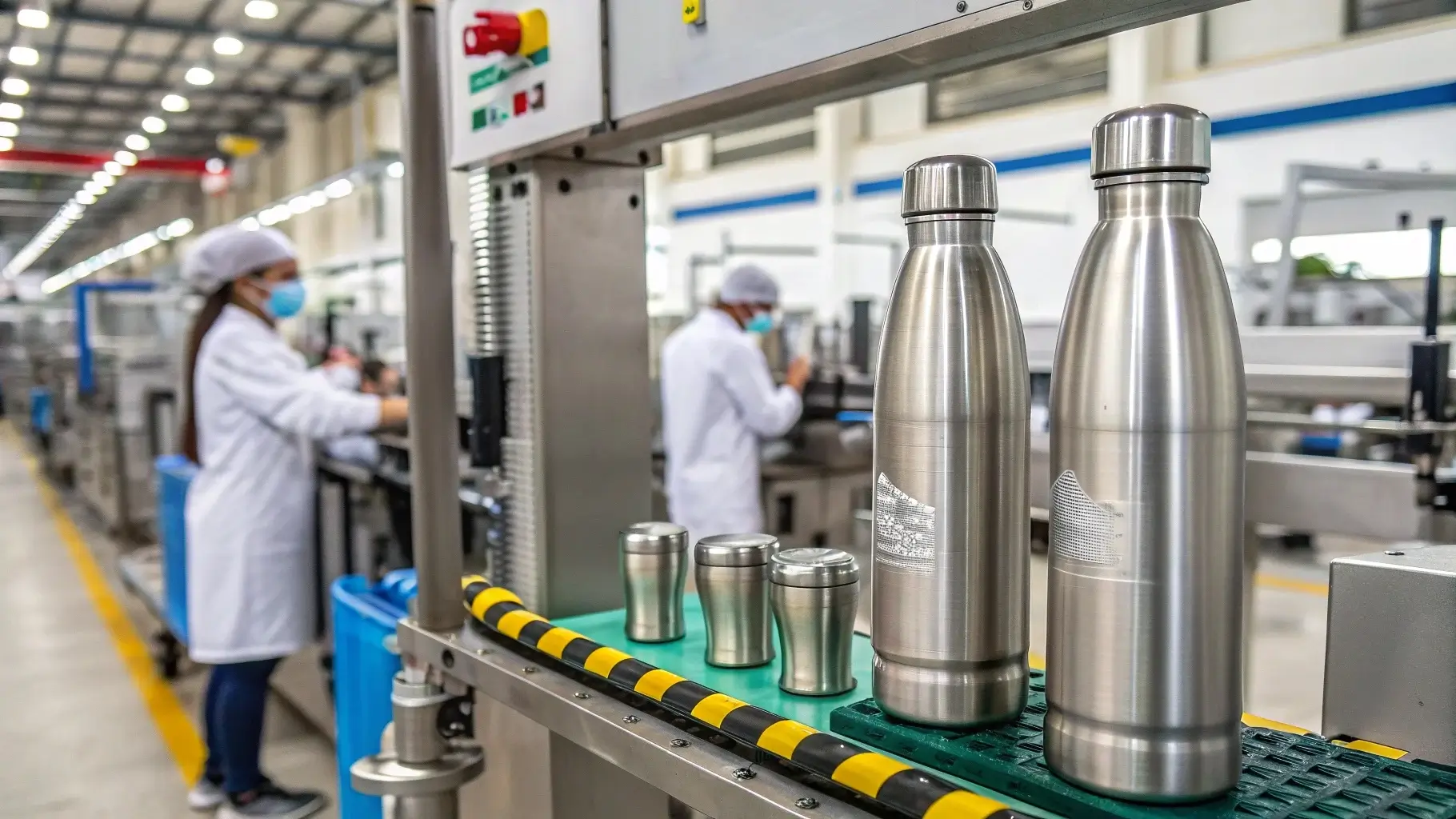
Ever wondered what goes into your bottle? The process is high-tech and precise.
Metal bottles are made by forming stainless steel sheets into tubes, welding them, insulating (if needed), and applying coatings.
Key Steps
- Sheet Cutting: Stainless steel sheets are cut to size
- Deep Drawing: Formed into cylinder shapes
- Welding & Sealing: Bottom welded, neck threaded
- Insulation (for double-wall): Two layers are vacuum sealed
- Finishing: Polishing, powder coating, or printing
- Assembly: Caps, seals, and accessories added
Manufacturing affects durability, performance, and cost. You can check more details about manufacturing process here.
Are Metal Water Bottles Durable and Long-Lasting?
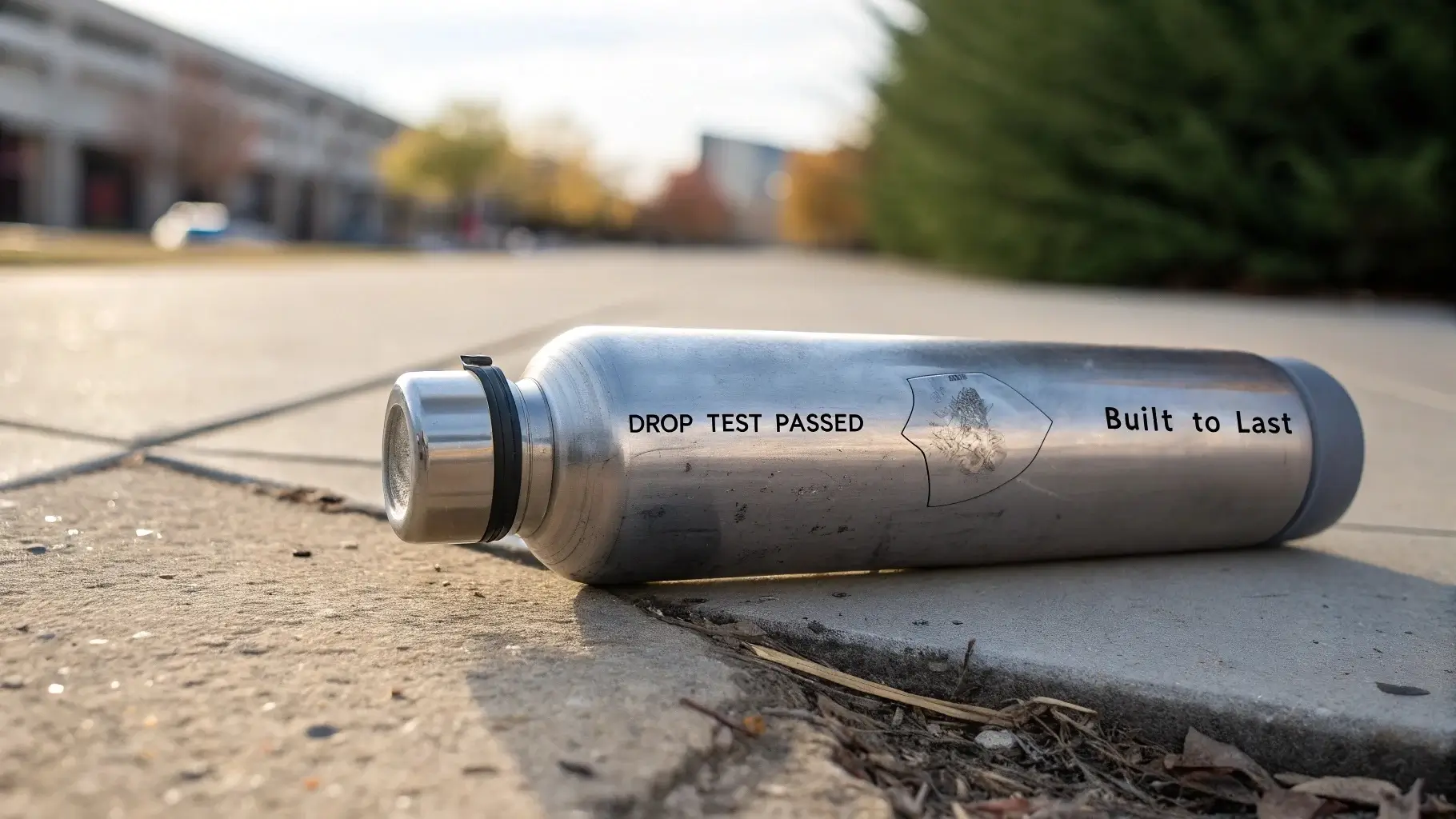
My bottle has survived drops, dents, and daily use—it’s still going strong.
Yes, stainless steel bottles are incredibly durable4, crack-resistant, and built for daily or rugged use.
Durability Factors
- Steel resists dents better than plastic or aluminum
- Doesn’t shatter like glass
- Protective coatings enhance scratch resistance
A quality bottle can last five years or more with care.
How Should You Care for and Clean a Metal Water Bottle?
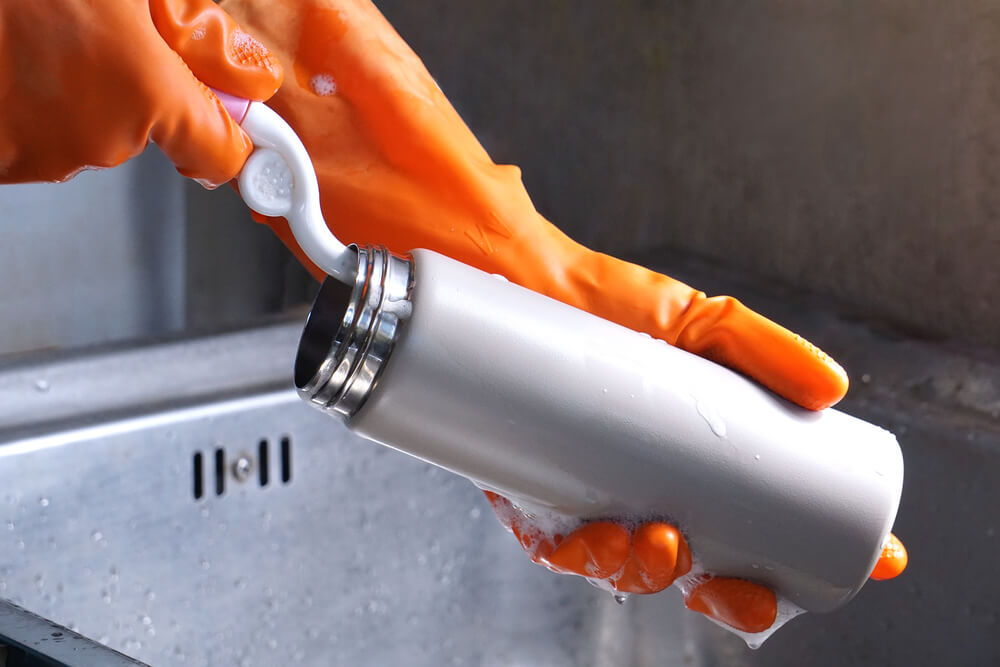
Weekly scrubbing keeps mine fresh. Here’s what I do.
Clean your bottle regularly with warm water, dish soap, and a bottle brush5.
Cleaning Tips
- Hand wash daily (especially after flavored drinks)
- Use vinegar or baking soda for deep cleaning
- Avoid bleach or abrasive brushes
- Let it air dry with the cap off
Some models are dishwasher-safe—check the label first.
What Are the Environmental Impacts of Using Metal Water Bottles?
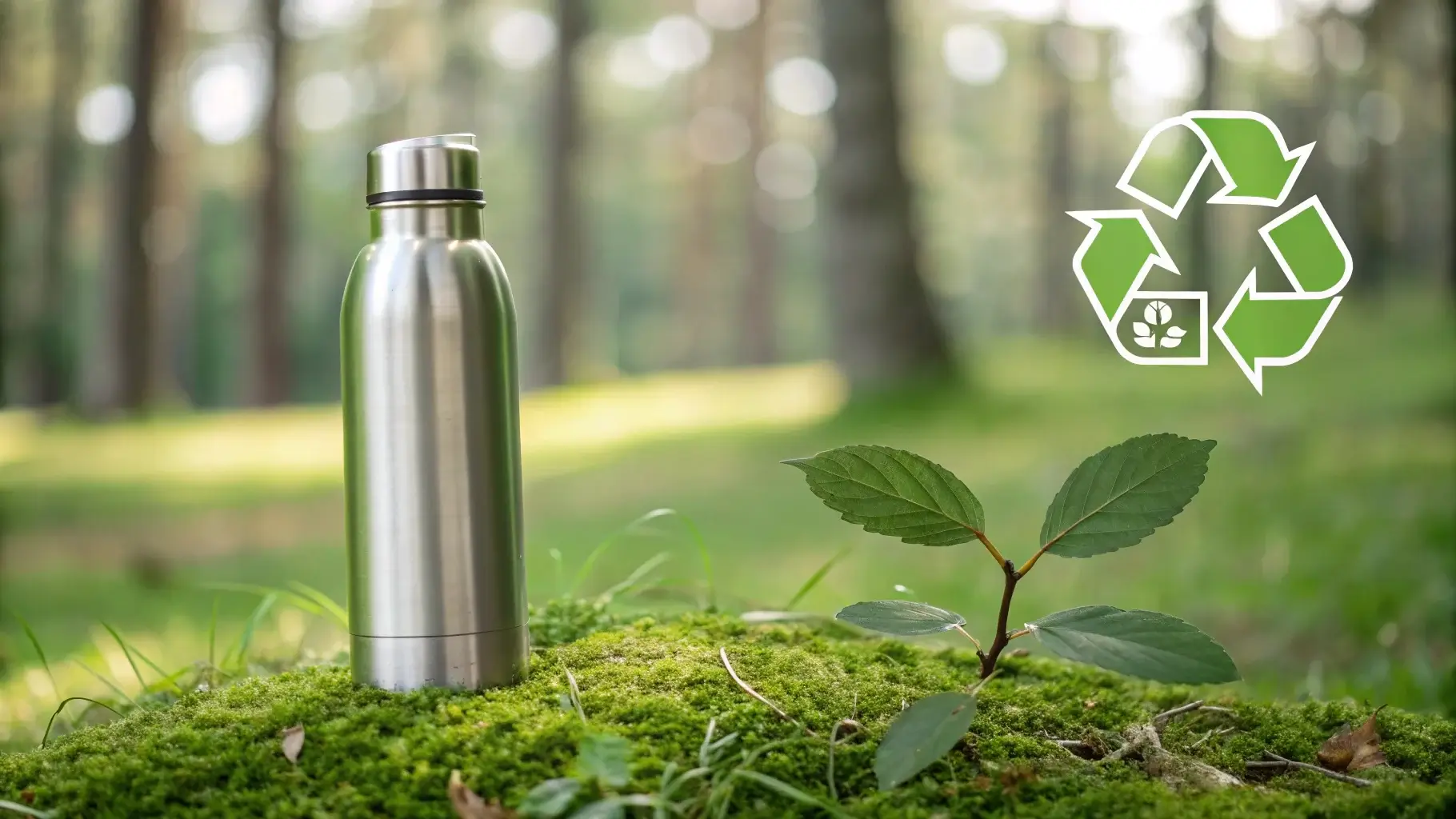
Switching to metal cut my plastic waste big time—and I drink more water too.
Metal bottles reduce single-use plastic waste6, are recyclable, and lower your long-term environmental footprint.
Environmental Benefits
- Reusable for years
- Recyclable at end-of-life
- Cuts down plastic bottle production and disposal
- Often made from recycled materials
One metal bottle can replace hundreds of plastic ones in its lifetime.
Conclusion
Metal water bottles are safe, durable, and eco-friendly—making them the best all-around solution for everyday hydration.
FAQs
Is stainless steel better than aluminum for water bottles?
Yes, stainless steel is more durable, non-reactive, and doesn't need a liner.
Can I put hot drinks in my metal bottle?
If it's insulated, yes. Always check your bottle’s specs.
Will metal bottles rust over time?
Not if they’re made of 18/8 stainless steel and cleaned properly.
Does metal affect the taste of water?
High-quality stainless steel does not alter taste.
Are metal bottles heavier than plastic?
Yes, but the added durability and insulation are worth the trade-off.
Footnotes:
-
Highlights the key differences between stainless steel and aluminum bottles ↩
-
Explains how metal bottles reduce waste while offering long-term value ↩
-
Describes how vacuum insulation retains beverage temperature ↩
-
Covers the durability advantages of stainless steel over other materials ↩
-
Recommends tools and tips for safe and effective bottle cleaning ↩
-
Summarizes the environmental impact of switching to metal bottles ↩

